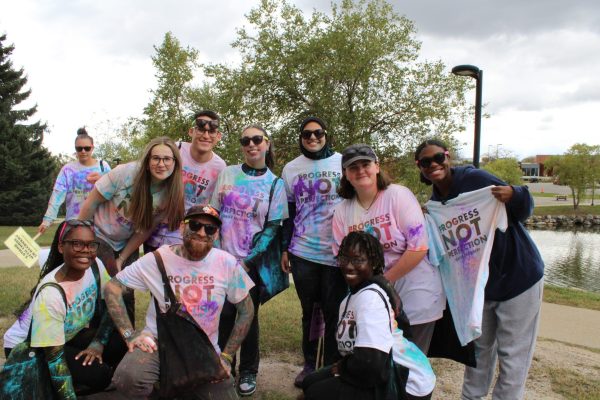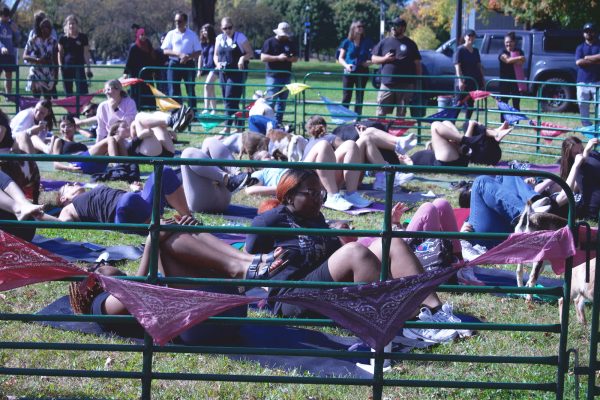Learning is not a one-way street
Thomas Boleyn, Student Success Graduate Assistant, hosted a workshop to learn which learning style you might be and how you should study.
With final exams just around the corner, many students will be hitting the books to get some much needed study time in.
Everyone learns a little differently, and therefore should study differently. This past week, Thomas Boleyn, Student Success Graduate Assistant, hosted a workshop to learn which learning style you might be and how you should study.
“There is a combination of the different ways you can learn and you should study information in multiple ways to make sure it sticks with you,” Boleyn said.
There are many types of learners and each has tips for an individual to succeed
Visual Learners
People who like to use pictures, graphs, and colors to learn. These people often like to draw and can picture objects in their mind
Study Tip: Use color to organize your notes. For example, put vocabulary words in blue and lecture notes in green.
Aural Learners
These people easily recognize sound and are often very fond of music.
Study Tip: Use sound as much as you can. Try recording lectures or reading things out loud.
Verbal Learners
People who enjoy written and spoken word and can easily express themselves through writing or speaking.
Study Tip: Write things down as often as you can. Making your notes into a rhyme would also be very helpful for you.
Physical Learners
These people often talk with their hands and like to be able to physically do the things they’re learning.
Study Tip: Do hands on activities when studying. For a Chemistry class, a molecule building kit would be a helpful tool for you.
Logical Learners
You easily recognize patterns and are good with mathematical forms of reasoning.
Study Tip: Try to understand the reasoning behind what you’re learning and make a list of key points from the topic you are studying.
Social Learners
Tend to be extroverted, someone who enjoys group work.
Study Tip: This one is easy, try to work with other people as much as you can.
Solitary Learners
These people like to learn things on their own and tend to be more quiet natured.
Study Tip: Set goals for yourself while studying and think about your personal thoughts and relations to the topic you are studying.
Most people will be able to strongly identify with two of these learning types, and therefore should strive to combine study methods from both styles.
“I think I’m a physical and solitary learner,” Bridget Vander Hoff, OU dance major, said. “I try to do things as I’m taught; it works well for me with dance because it’s all movement. I didn’t know I was a solitary learner, I like the idea of the goal setting tip.”
For more information on the science of learning, Thomas Boleyn can be contacted at [email protected].













